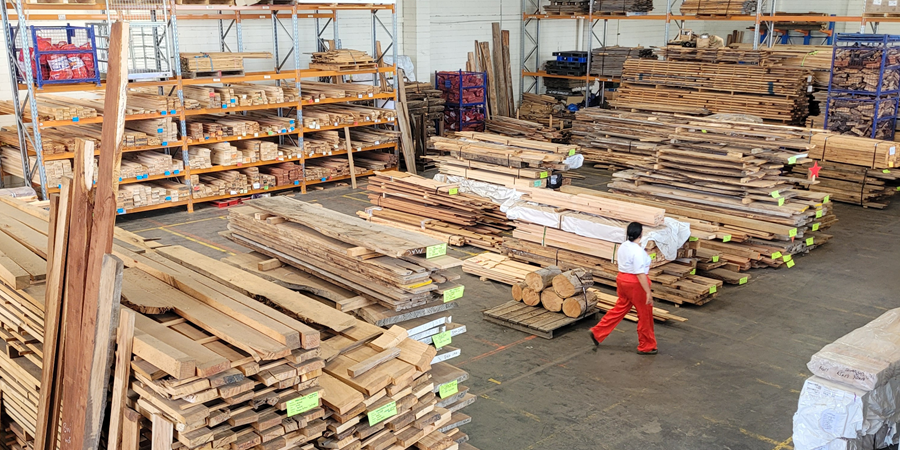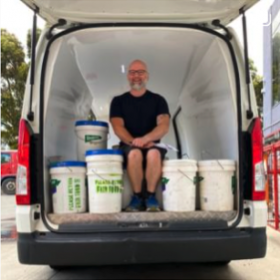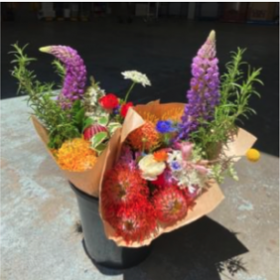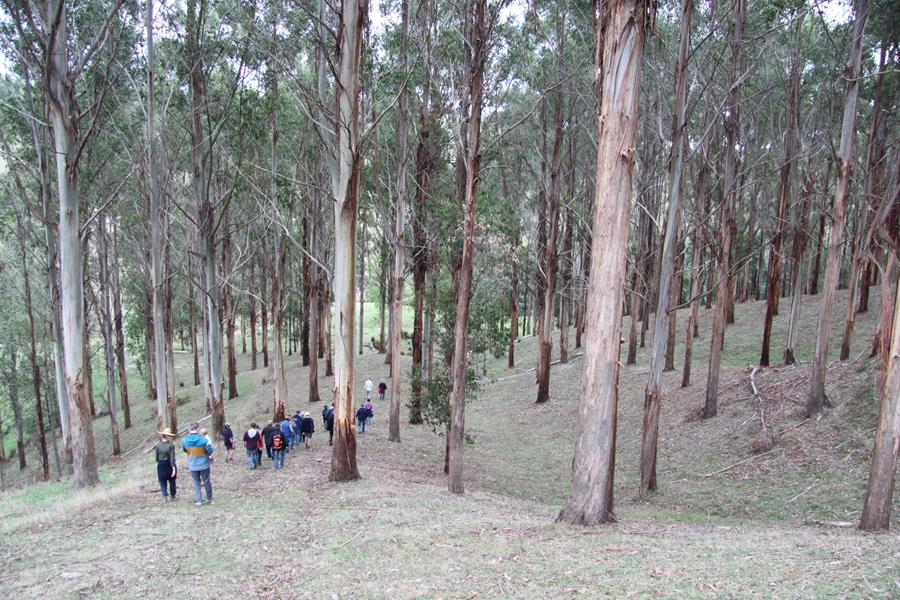
Where wood comes from
These days we’re so used to knowing where our food comes from and how it’s grown that it’s easy to forget not so long ago before the farmers markets and veg box schemes of the early 2000’s it was almost impossible to find out who grew your food and how they farmed it.
Timber is in a similar place to where food was twenty years ago and getting that same transparency has been the motivation behind Fair Wood, CERES’ timber and carpentry social enterprise.
Illegal logging has been dubbed the world’s most profitable environmental crime.
Six years ago when Fair Wood launched illegal logging was the third largest global criminal activity behind drugs and counterfeiting.
Things haven’t changed much, earlier this year in East Java, directors from five companies were prosecuted after 59 containers of illegally logged Merbau from West Papua were seized.
This was just one of more than 1,500 cases of environmental and forestry crimes brought before the Indonesian courts – invariably traditional owners are the victims.
The problem is so significant that in May the Australian Government passed another law to try and stem the flow of illegally logged timber into the country.
Sustainable architect and Fair Wood co-founder, Paul Haar, says timber can be the best material or the worst material to build with depending on not only where it’s grown but also how it’s grown.
Wood is often thought of as a carbon positive building material but here’s the rub – if a tree has been cut from an old growth forest where most of the surrounding vegetation is clear-felled and burned, by the time it’s been milled, processed, transported, sometimes internationally, and turned into a building as little as 2% of the carbon from the original tree is locked up.
But grow that same tree on a farm that practices agroforestry, it will have sequestered carbon in its wood and the soil. When it’s cut down there’s no surrounding vegetation to clearfell and burn, it’ll be used locally, replanted and best of all it will leave a tree in an old growth forest standing to continue sequestering carbon.
And there are other plusses for farmers and us – trees grown on farms help hold water in the soil through droughts, reduce evaporation, provide shade, wind protection and habitat for animals. They also, as agroforestry pioneer Rowan Reid says, make landscapes beautiful and people happy.
People don’t agree on much when it comes to trees, what is universally agreed is that we’re going to need to plant more of them if we want to keep building with wood.
Over the past six years Fair Wood has come a long way from the few packs of farm-grown timber in a borrowed corner of the Fair Food warehouse – our aim back then was to be the timber supplier you could get wood you actually felt good about building with.
It’s taken time but today if you need cladding, lining, decking, cabinetry, furniture-making, fencing or landscaping timber for your small or large project – we’ll either have it or can get it in short order.
…And we can proudly tell you where every stick of it comes from.
The CERES Fair Wood warehouse is at 31-33 Raglan St, Preston and is open to the public Mon-Sat.
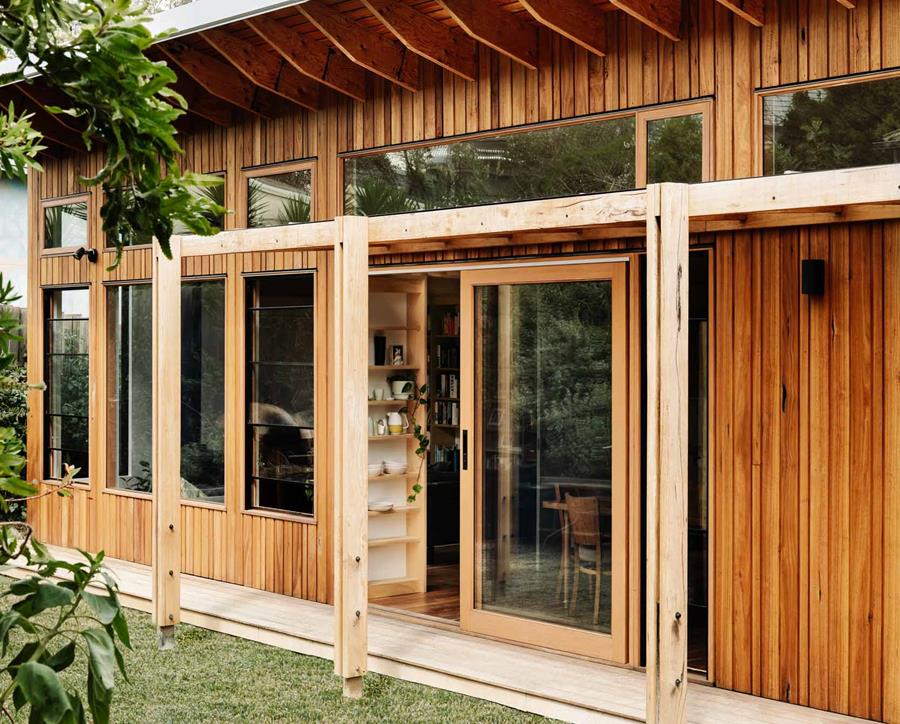
Fair Wood seeks a manager
This is an opportunity to lead a small team at CERES’ timber social enterprise at a unique time.
This full-time role comes as CERES Fair Wood transitions from start-up to serious timber enterprise.
If you have a passion for wood and sustainability, have experience in either the timber or building industries and know how to grow a successful business then click here to apply
Have a great week
Chris
